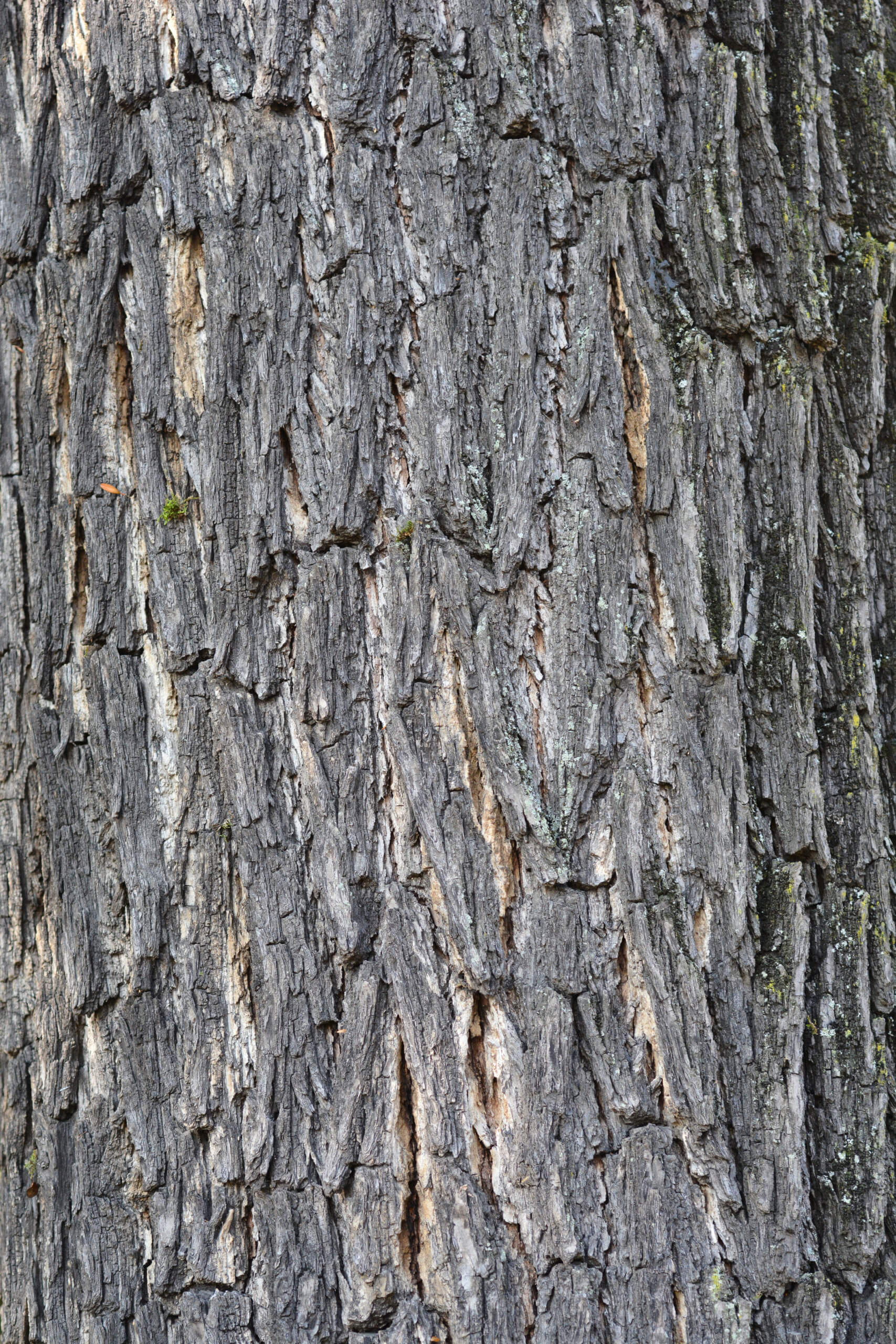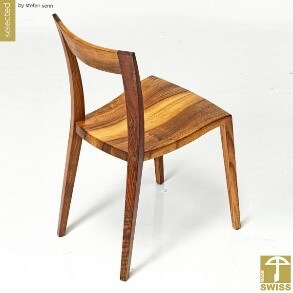American walnut / Black walnut
bot. Juglans nigra

The wood of the American walnut is not only beautiful and decorative to look at, but also heavy and extremely hard. Its timber yields are increasing the interest of this wood type more and more. However, the cultivation possibilities are limited by its high habitat demands. The black walnut requires the best alluvial forest sites with pH values between 5 and 7 (slightly acidic to neutral). However, it also thrives on deep, nutritious, well-aerated and water-supplied clay soils and tolerates short-term flooding.
Comments
Sapwood minimal, heartwood fairly fungus- and insect-resistant.
Hardness grade
23 - 26 Brinell
Color
Light brown to chocolate even purple brown with lighter sapwood.
Color change
May darken slightly.
The wood of the American walnut is easy to process, sticks well, deforms, shrinks or swells only marginally and is easy to polish. It is used in furniture making and interior finishing as well as in shipbuilding and as veneer. The strong demand for this popular wood is reflected in the price development.
Origin
- Natural range is in the Midwest and Northeast of the USA.
- In south-eastern Canada.
- Through manmade distribution also in Europe (along the Rhine on the German and French side).
Wood character
- Optical appearance, characteristic of the wood.
- o The heartwood is chocolate to purple-brown, also light to dark brown to purple in colour.
- The sapwood is whitish to yellowish brown, also grey to greyish brown.
- Its texture, ranging from striped to grained, is very decorative and of high quality.
- Due to the influence of daylight and other environmental factors, the wood can darken slightly.
Use
- Very popular and often used wood for table tops, chairs and other furniture and furniture components.
- Valuable wood for handles, utility items and special packaging.
Characteristics
Weight: 640 KG/M³
Weight (Average bulk density air dry, ᵨ 12...15)
Average hardness: 25 N/MM²
Average hardness according to Brinell (radial)
Stability: mittel bis gut
Dimensional and form stability
Durability: mässig dauerhaft
Natural durability according to DIN-EN 350-2



